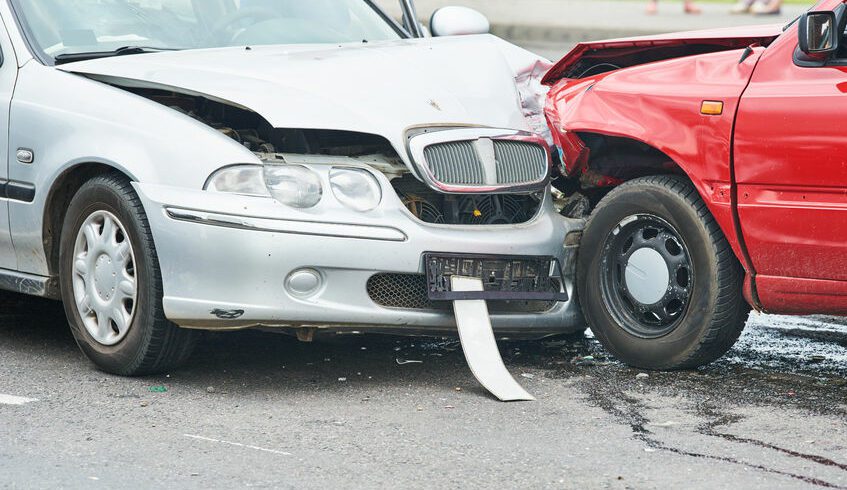The humble seat belt has a long history. The early concepts and experiments began in the late 1800s through the 1920s. In 1959, Volvo engineer Nils Bohlin introduced the three-point seat belt, including it in their models from the early 1960s. Volvo made the patent for this design open and available to other car manufacturers, contributing to its wider adoption.
The importance of seat belt safety became more evident. Governments around the world began implementing laws to require seat belt usage. In the United States, the first seat belt law was passed in 1968, requiring all vehicles (except buses) to be equipped with seat belts. In the 1970s and through 1980s, governments and organizations launched educational campaigns to promote seat belt usage. These campaigns emphasized the life-saving benefits of seat belts and aimed to change public perceptions about their importance. It was also during the era that seat belt usage became a standard feature in most vehicle designs.
Seat belt technology has continued to advance, with innovations like seat belt pre-crash systems, adaptive load limiters, and seat belt reminders that alert occupants to fasten their seat belts. Today, most people understand the importance of seat belts and seat belt laws, though there are some who don’t understand the reasons we should always wear a seat belt.
Top Reasons You Should Always Wear a Seat Belt
Wearing a seat belt is one of the most important safety measures you can take while driving or riding in a vehicle. Here are some compelling reasons why you should always wear a seat belt:
Reduced risk of injury and death
Seat belts are designed to restrain occupants in their seats during sudden stops or collisions. They help distribute the force of impact across the strongest parts of the body. An example is the chest and hips, reducing the risk of serious injuries or even death. According to the National Safety Council, National Highway Safety Administration, estimates show that seat belts have saved 374,276 lives since 1975.
Protection from ejection
In the event of a crash, a seat belt prevents you from being thrown out of the vehicle, which significantly lowers the risk of severe injuries or fatalities. Ejected occupants are much more likely to suffer life-threatening injuries upon impact.
Secondary collisions
During a collision, there’s a risk of a secondary collision, where occupants can be thrown around the vehicle and collide with each other or the interior surfaces. Seat belts keep you in place and help prevent these secondary collisions.
Airbag effectiveness
Airbags are designed to work in conjunction with seat belts. A seat belt keeps you in the optimal position for the airbag to deploy correctly and provide maximum protection. Without a seat belt, the force of an airbag deploying alone could cause injury.
Prevention of distracted driving
If you’re not wearing a seat belt, you might feel uncomfortable and try to adjust your position while driving. This can lead to distraction and reduced focus on the road, increasing the risk of accidents.
Legal consequences
In many jurisdictions, not wearing a seat belt is against the law and can result in fines or penalties. Following traffic laws is essential not only for your safety but also to avoid legal troubles.
Setting a good example
If you’re a driver or a parent, wearing a seat belt sets a positive example for others in the vehicle, especially children. Teaching the importance of seat belt usage from a young age can help create lifelong safe habits.
Unpredictable situations
Accidents can happen at any time, even during short trips or routine drives. Wearing a seat belt every time you get in a vehicle ensures that you’re prepared for the unexpected.
Safety in different vehicle types
Whether you’re in a car, truck, SUV, or any other type of vehicle, wearing a seat belt is crucial. Different vehicles have varying safety features, but a seat belt remains a universal safety measure.
Peace of mind
Knowing that you’re taking a simple step to significantly increase your safety and that of your passengers can give you peace of mind every time you travel.
Wearing a seat belt is a fundamental action that can save lives and prevent serious injuries in the event of a vehicle collision. It’s a small investment that yields substantial safety benefits for both drivers and passengers.
Top reasons people don’t wear seat belts
Despite the numerous benefits of wearing seat belts, there are several reasons why some people might choose not to wear them, including:
- Taking a short trip
- Discomfort
- Overconfidence in airbags
- Cultural or social factors (drivers in rural areas are less likely to wear seat belts than drivers in urban areas)
- Feeling invincible (particularly common among young men)
To encourage seat belt usage, it’s important to address these reasons through education, awareness campaigns, and enforcement of seat belt laws. Emphasizing the real-life consequences of not wearing a seat belt and highlighting the statistics related to injuries and fatalities can help change perceptions and promote safer behavior on the road.
Contact a car accident lawyer today!
A car accident lawyer can help you recover a full and fair settlement for the injuries you sustained in a car accident with no up-front costs to you. We know the sneaky strategies used by insurance companies to get injured people to agree to settlements far below what they are worth. Our clients typically end up with a settlement or jury award that is five to ten times larger than they could have negotiated on their own. We have been representing people injured in Whatcom County, Skagit County, Island County and Snohomish County since 1979. Contact the experienced and hard-working personal injury lawyers at Tario & Associates, P.S. in Mount Vernon, WA today for a FREE consultation!





